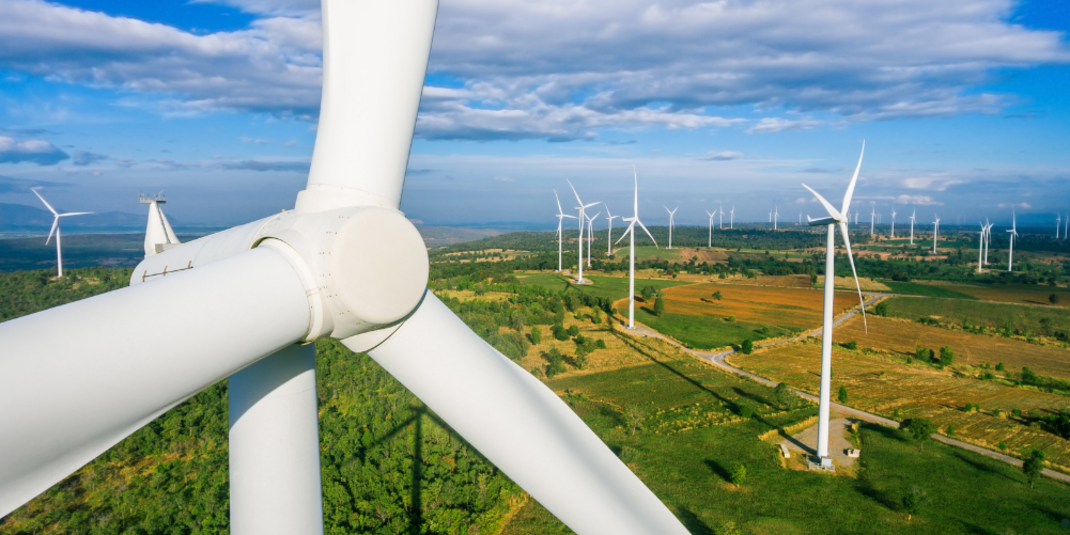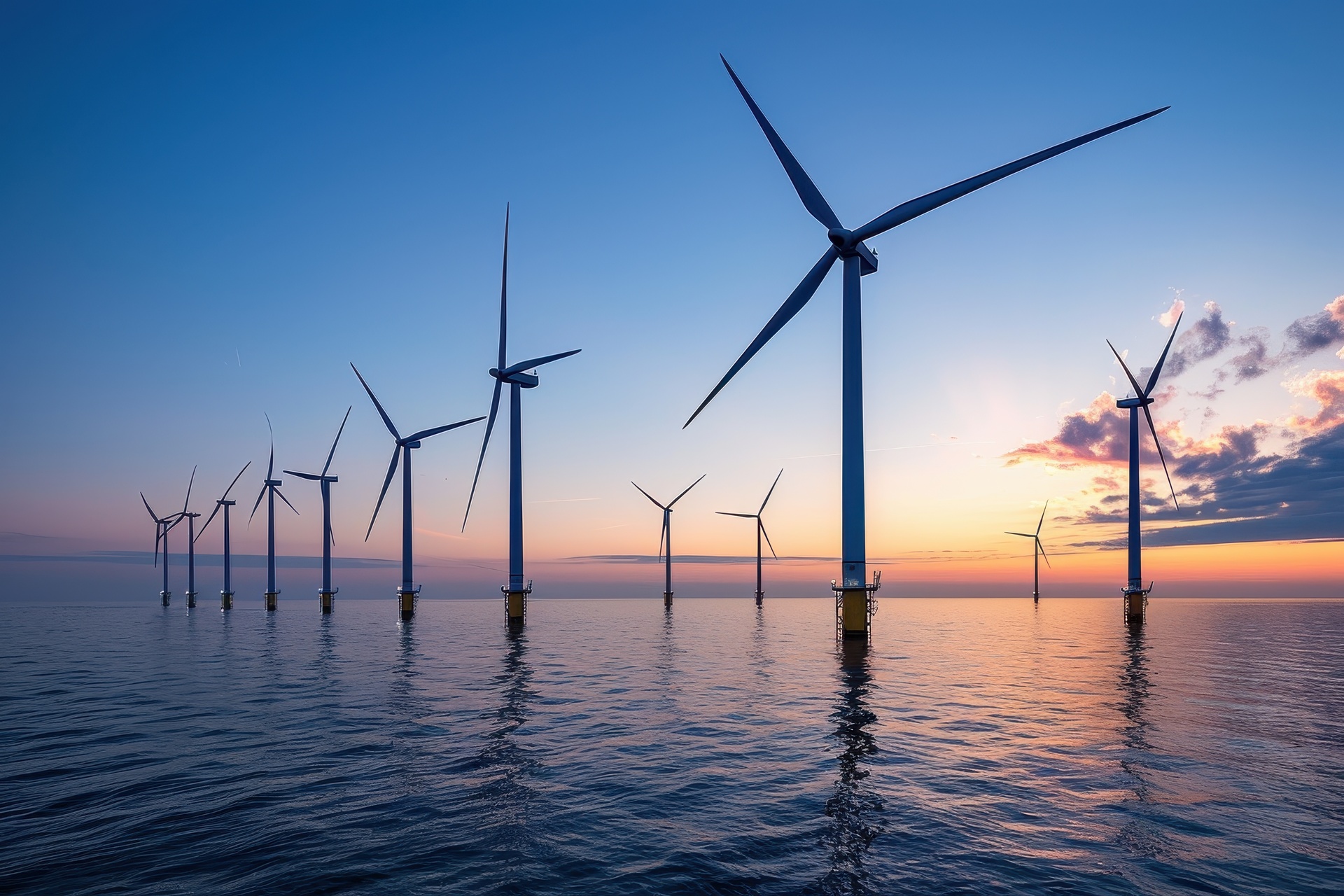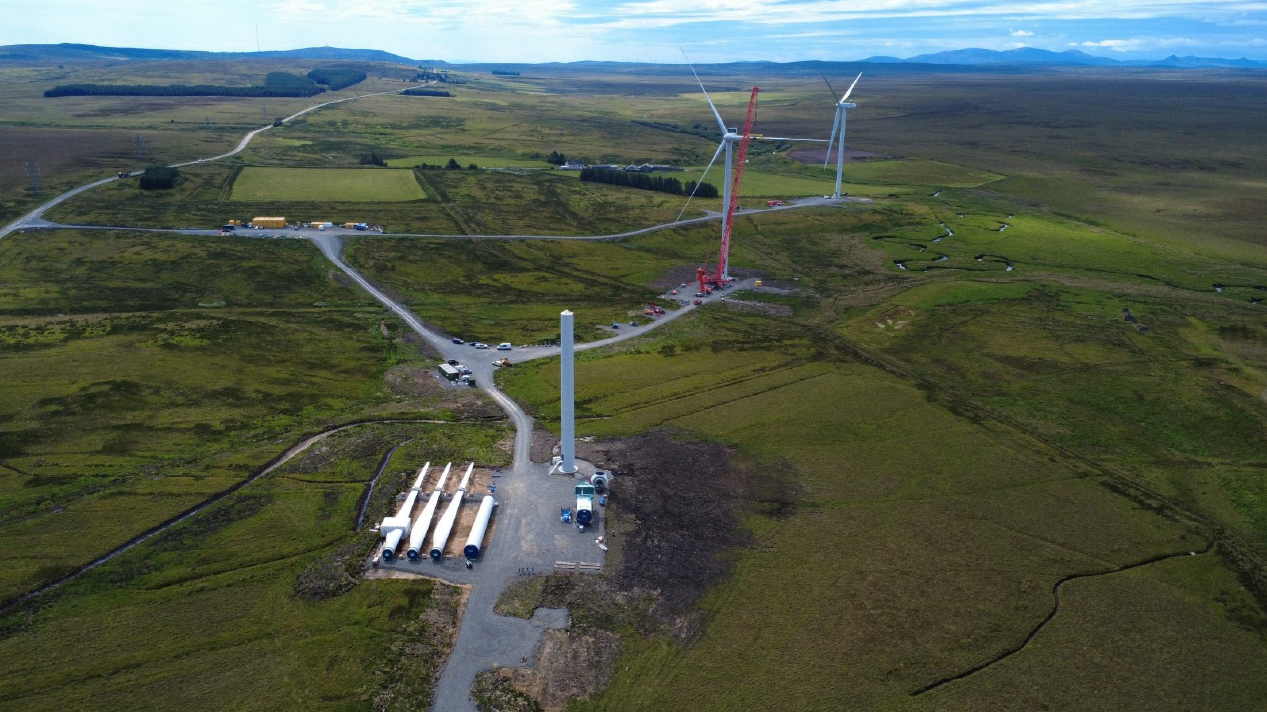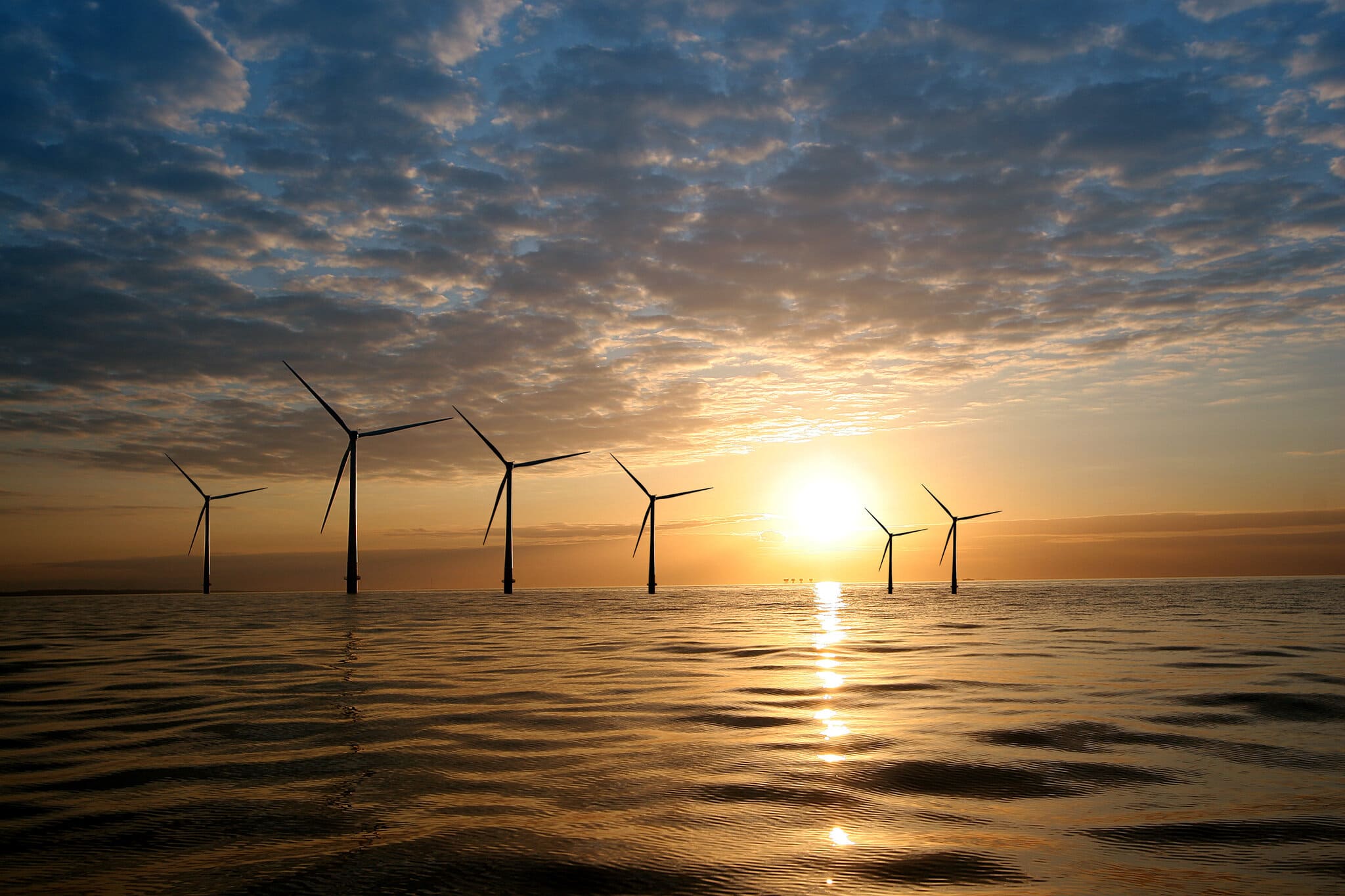Repowering progress: Innovation and opportunity for wind in CfD AR7
As the UK looks toward its ambitious net zero goals, wind power will play a defining role. Will Russell, Business Development Manager, explores the importance of CfD AR7, the inclusion of repowered wind projects, and how innovation can help bridge the gap to achieving 2030 clean power goals.

As the UK works towards a fully decarbonised energy system, wind power remains at the heart of that ambition. Together, onshore and offshore wind now provide over of capacity in the UK. Yet to reach 2030 clean power targets, this capacity will need to at least double within the next five years.
Current forecasts show the UK falling short of that trajectory, and bridging the gap will require faster deployment, stronger investment signals, and continued innovation. That’s why the upcoming Contracts for Difference (CfD) Allocation Round 7 (AR7) is so important. The auction will not only determine how much new capacity is delivered but also mark the first inclusion of repowered wind projects, reflecting the growing role of innovation and technology in delivering the UK’s clean power goals.
Wind power’s proven value
Wind power has already made a substantial contribution to the UK economy. New analysis from University College London (UCL) revealed that between 2010 and 2023, wind generation saved UK consumers around £104 billion by lowering electricity prices and reducing dependence on volatile international gas markets. by lowering electricity prices and reducing dependence on volatile international gas markets.
This underlines a crucial point that investment in renewables is not just an environmental commitment, but an economic decision that supports both consumers and long-term UK growth. Wind power strengthens energy security, supports affordability, and helps reduce the UK’s dependence on imported fossil fuels, all of which underline the need to maintain momentum in future deployment.
Balancing budget and ambition in CfD AR7
While we await the budgets for onshore wind and other technologies, the government has confirmed a total £1.08 billion budget for offshore wind technologies in CfD AR7, a drop from ~£1.35 billion across offshore and floating offshore in CfD AR6.
This slight reduction on the previous year has drawn criticism from the industry. With around 20GW of eligible capacity potentially ready to bid, the reduced budget may only support around a quarter of that potential, limiting the ability to unlock the full potential pipeline across the UK.
Extending the life of wind power through repowering
Against this backdrop, technological innovation will be essential to sustaining momentum in the wind sector and maximising the impact of future CfD rounds.
As highlighted in the government’s Net Zero Technology Outlook report, innovation will be central to accelerating the transition to clean energy. One of the most promising technological developments in wind is repowering, replacing older turbines with newer, more efficient models that can generate far more electricity from the same site.
A wind turbine can typically operate for about 25 to 30 years. Currently, there are about 850 turbines over 21 years old in the UK, representing 0.6GW of capacity, but this is due to rise to an estimated 3GW by 2030. By 2050, around 5,000 onshore turbines are expected to reach the end of their operational life, making repowering critical to maintaining and growing the UK’s renewable generation capacity.
When these aging projects reach the end of their lifespan, developers can either extend their life, decommission, or repower. Repowering provides a practical way to extended asset life and scale renewable output, offering several key benefits:
-
Higher generation capacity
Modern turbines of 6 or 7MW can be used to replace older 1.5 or 2MW models, often doubling or tripling energy output while reducing the total number of turbines required on site.
-
More efficient use of infrastructure
Existing grid connections and planning consents are retained, reducing project costs and delivery times. Because many existing wind sites are already well-located, repowering also ensures that the natural resources are fully maximised.
-
Improved project economics
Repowering is typically more cost-effective than developing a new site, helping to enhance financial viability and attract investment at lower risk. Also, the increased output of modern turbines and improved grid compatibility further help to reduce the cost of generation.
-
Sustained local and environmental benefits
Extending the operational life of wind farms supports ongoing employment and community benefit schemes that might otherwise be lost through decommissioning. It also avoids the environmental impact of developing new sites, helping to protect surrounding habitats.
From policy foundation to practical delivery
Crucially, repowered projects are now eligible to participate in CfD AR7, a recognition of their potential strategic value. This inclusion marks an important milestone, signalling that innovation and asset optimisation are as vital to the UK’s energy transition as building new capacity.
AR7 is best viewed as a policy foundation, setting the stage for wider participation in future rounds such as AR8 and AR9. Although some of the necessary infrastructure already exists, repowering typically still requires full planning applications, Environmental Impact Assessments (EIAs), and renewed community engagement, particularly as new turbine layouts and taller models are introduced.
Grid readiness can also affect delivery timelines, but Ofgem’s ongoing reforms are beginning to ease these constraints, paving the way for faster and more coordinated repowering in the years ahead.
Looking ahead
The UK’s wind sector stands at a pivotal moment. With over a decade of evidence showing the economic and security benefits of renewables, the case for continued investment has never been clearer.
As AR7 approaches, the challenge is to ensure that the CfD remains strong enough to unlock both new capacity and the benefits of technological progress. Repowering represents a practical route to accelerating delivery, maximising the potential of existing assets while also driving innovation and efficiency.
While large-scale participation of repowered wind in AR7 may be limited, developers that engage early on planning and grid issues will be well-positioned to take advantage of future rounds.
If the UK can align policy ambition with technological opportunity, repowered wind will not only indicate the next phase of the energy transition but also stand as a foundation of long-term energy security and economic resilience.

Unlock the full potential of CfD AR7 with a trusted PPA partner
As CfD AR7 opens new doors for innovation, having the right route to market will be key. With backing from Marubeni and a proven track record of supporting renewable generators for 25 years, we provide flexible PPA solutions that help you capture opportunity and secure revenue certainty.






